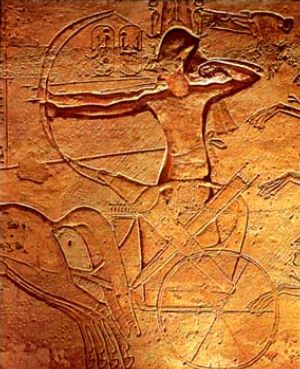Some random thoughts.
1. User100 has an interest in an emaciated Buddha.
Maybe like this one?
Without knowing precisely what you've seen, I would suggest that an emaciated looking Buddha-like figure could be Jainist in origin.
The Jainists may more often go in that direction, whereas Buddhism (as we know it) more likely follows the 'middle road,' - not too much and not too little.
Having said that, we can find a buddhist Buddha like this also, referring to the Buddha's fasting prior to his eventual enlightenment:
The emaciated Siddhartha Gautama becomes Gautama the Buddha. This stone sculpture now at the Lahore Museum, dates to the 2nd century AD.
Reference: http://www.ishafoundation.org/blog/yoga-meditation/history-of-yoga/buddha-pournami/
and we may find a modern statue of Jainism like this, which is anything but emaciated:
Indian spiritual thought around the sixth century BCE was full of different lines of enquiry. Buddhism and Jainism are just two of many, and it's often difficult to separate them, because the lines of thought often cross and re-cross.
If you have not come across these ideas before, these two sites may be of interest to you:
http://www.diffen.com/difference/Buddhism_vs_Jainism
http://www.fas.harvard.edu/~pluralsm/affiliates/jainism/article/thought.htm
-----------------------
Village Idiot quotes the Dalai lama. Tibetan buddhism in a more modernised format is (apparently and paradoxically) quite popular in both China and the West. In many case its teachers have re-looked at their approach and rationalised their teachings. It is probable that the Dalai lama's decision to leave Tibet (after two years of being importuned by an American ambassador) re-invigorated the intellectual level of that religious sect.














